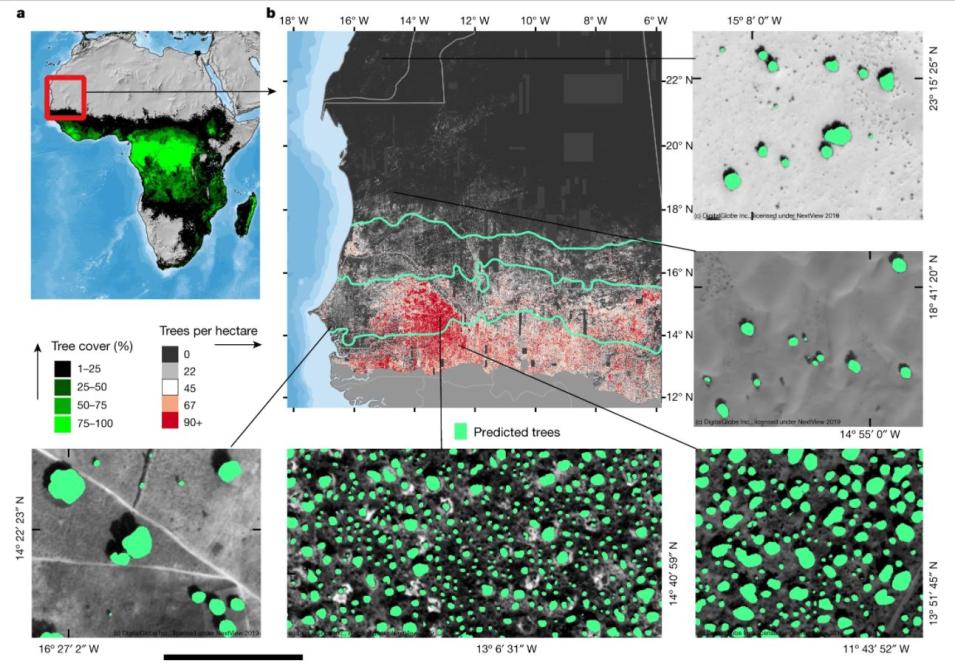NASA established the Commercial SmallSat Data Acquisition (CSDA) program to identify, evaluate, and acquire data from commercial sources that support NASA's Earth science research and applications. Given that NASA already archives about 4 terabytes of new Earth Science data each day, the agency’s interest in purchasing more data might come as a surprise. Yet, commercially acquired data can be a cost-effective way for the agency to augment or complement the suite of Earth observations it acquires on its own, with other U.S. government agencies, or in conjunction with its international partners.
Currently, NASA has sustained longer term data acquisition agreements with three space technology companies producing Earth observation data—Planet Labs, Maxar (formerly DigitalGlobe, Inc.), and Spire Global Subsidiary, Inc. Through a separate collaboration with the International Space Station (ISS), data from the Teledyne Brown Engineering, Inc. DLR Earth Sensing Imaging Spectrometer (DESIS) are also available. Additionally, NASA utilizes the National Geospatial-Intelligence Agency’s (NGA’s) NextView License for additional Maxar imagery.
In the following interview, Alfreda Hall, CSDA Project Manager and Computer Engineer, discusses the program’s objectives, how NASA benefits from acquiring commercial data, the commercial data currently available from NASA, and the licenses that govern its use.
CSDA is a relatively new program. Can you talk about why it was created and what its objectives are?
NASA initiated CSDA in 2017 as a pilot program to identify, evaluate, and acquire data from commercial sources that support NASA Earth science research and application goals, as it recognized the potential of commercial data to augment or complement data from NASA’s fleet of Earth-observing satellites and those of its international partners. The pilot completed successfully and transformed into CSDA in 2020.
In terms of objectives, we want to establish a continuous and repeatable process to on-ramp new commercial vendors and evaluate their data for its potential to advance NASA's Earth science research; promote the use of purchased data and make it more accessible to the scientific community for broader and more sustained use; ensure long-term data preservation through the establishment of data management processes and systems to support the rapid evaluation, access to, and distribution of purchased data, as well as long-term access to purchased data for scientific reproducibility; and we want to coordinate with other U.S. Government agencies and international partners on the evaluation and scientific use of commercial data. A sampling of the research is presented below.

